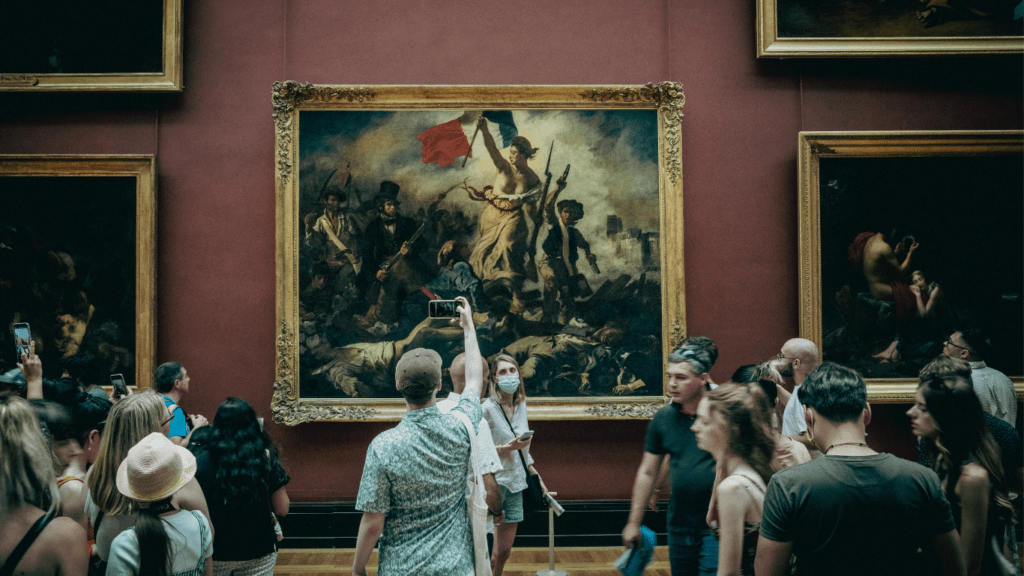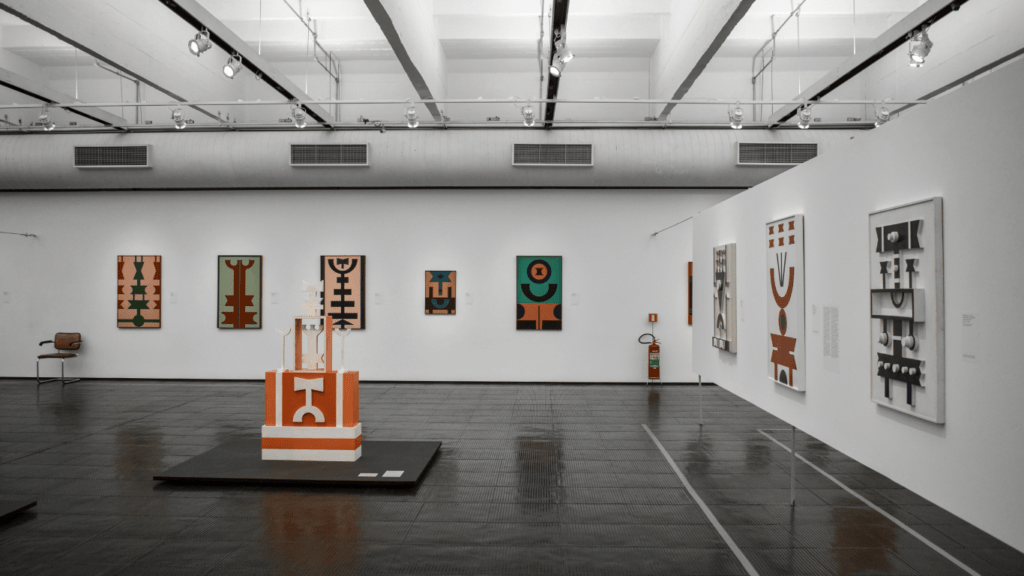Background of Art Heists
Famous art heists have occurred throughout history, often leaving a trail of unanswered questions and captivating detective narratives.
Historical Art Heists Overview
Art theft isn’t a modern phenomenon; it dates back centuries. In the 18th century, Napoleon Bonaparte led the looting of artworks across Europe during his campaigns.
The 1930s saw systematic art thefts by the Nazis, who confiscated art for both political and financial gain. The 1961 theft of Goya’s “Portrait of the Duke of Wellington” from the National Gallery in London shocked the world, eventually inspiring pop culture references like the James Bond film “Dr. No.”
Motivations Behind Stealing Art
Art thieves are driven by various motivations. Financial gain tops the list; stolen masterpieces can fetch millions on the black market. Some, like the Nazis, steal art as a means of cultural dominance. Others, driven by passion, covet pieces for personal collections.
In some cases, thieves steal to ransom the art back to its original owners or institutions, knowing the sentimental value often outweighs monetary considerations.
Famous Art Heists and Their Mysteries
Art heists combine high stakes, meticulous planning, and immense cultural value, making them endlessly fascinating. Let’s explore some of the most famous art heists and their lingering mysteries.
The Great Mona Lisa Theft
On August 21, 1911, Vincenzo Peruggia, an Italian handyman, stole Leonardo da Vinci’s masterpiece from the Louvre. He hid inside the museum overnight, then removed the painting the next morning.
Peruggia, motivated by nationalism, believed the artwork should reside in Italy. Police recovered the painting in 1913 when Peruggia tried to sell it to an Italian gallery. The Mona Lisa’s theft arguably solidified its iconic status worldwide.
The Isabella Stewart Gardner Museum Heist
On March 18, 1990, two men dressed as police officers entered the Isabella Stewart Gardner Museum in Boston. They bound and gagged the guards, then proceeded to steal 13 pieces of art valued at over $500 million, including works by Vermeer and Rembrandt.
Despite numerous investigations and reported leads, none of the stolen artworks have been recovered. This heist remains the largest property theft in history, filled with unanswered questions and theories about the culprits’ identities.
The Van Gogh Museum Robbery
On December 7, 2002, thieves broke into the Van Gogh Museum in Amsterdam using a ladder and ropes to access the building’s roof.
They stole two of Van Gogh’s lesser-known paintings, “View of the Sea at Scheveningen” and “Congregation Leaving the Reformed Church in Nuenen.” The Italian authorities recovered the stolen artworks in 2016 during a raid on a Naples crime family.
This theft highlighted the persistent vulnerability of cultural treasures even in well-secured locations.
Investigative Techniques and Challenges
Authorities confront numerous obstacles when investigating art heists, from intricate theft plans to complex jurisdictional issues.
Forensic Methods in Art Recovery
Forensic science has advanced significantly, aiding in art recovery. Investigators use fingerprint analysis to identify suspects on recovered frames or scenes.
One famous example is the recovery of Edgar Degas’ “Les Choristes,” where forensic techniques revealed fingerprints on the frame. DNA analysis helps trace individuals who came into contact with stolen art, providing critical evidence.
Radiation imaging and gas chromatography verify a piece’s authenticity, confirming if recovered items are originals or forgeries. For example, radiation imaging has been pivotal in authenticating recovered Rembrandt pieces.
Legal and International Challenges
Legal frameworks and international cooperation are crucial in recovering stolen art. Jurisdictional limits often complicate the retrieval process, especially when thefts involve multiple countries.
For instance, resolving the 1990 Isabella Stewart Gardner Museum heist requires coordinated efforts between U.S. and foreign authorities due to its international suspect pool. Interpol and UNESCO play vital roles in fostering cooperation among nations. Legal issues related to ownership rights create additional hurdles.
Complex ownership claims, especially concerning wartime looted art, require detailed provenance research and sometimes decades-long legal battles. A notable example is the restitution of Nazi-looted Gustav Klimt paintings, involving extensive legal processes.
Impact of Art Heists on Security and Culture

Art heists not only capture public imagination but also drive significant changes in security and cultural practices. These impacts are felt on multiple fronts, reshaping both museum operations and community identities.
Changes in Museum Security Protocols
Museum security protocols undergo substantial changes following major art thefts. Institutions invest in advanced technologies to prevent future incidents:
- Surveillance Systems: Museums enhance camera systems, incorporating high-resolution and motion detection features for improved monitoring.
- Alarm Systems: Facilities upgrade alarm systems to include vibration and seismic sensors, ensuring immediate alerts during attempts to tamper with artwork.
- Access Controls: Stricter protocols are established for visitor and staff access, including biometric authentication and RFID-tagged entry systems to restrict unauthorized entry.
- Staff Training: Staff receives rigorous training in emergency response, situational awareness, and recognizing suspicious behaviors to act promptly in preventing potential thefts.
An example is the Isabella Stewart Gardner Museum, which increased its investment in security technology and protocols following the infamous 1990 heist.
Cultural Impact on Affected Communities
The cultural impact of art heists extends beyond financial loss, deeply affecting the communities connected with the stolen works:
- Loss of Heritage: Communities feel a loss of cultural identity when artworks symbolizing their heritage are stolen. For instance, the theft of Indigenous artifacts affects cultural continuity.
- Economic Impact: Regional economies suffer as museums and galleries see decreased visitor numbers when iconic pieces are stolen, affecting local businesses reliant on cultural tourism.
- Psychological Impact: The emotional toll on artists, patrons, and the public is considerable, as stolen art pieces often hold sentimental value and represent historical narratives.
The 2002 Van Gogh Museum robbery exemplifies this impact, as the theft of Van Gogh’s masterpieces created a void in the community’s cultural landscape.
The security measures and cultural repercussions discussed underscore the profound influence art thefts have on both institutional operations and the broader societal fabric.


 Parisilyn Cruz has played a pivotal role as an article writer and key contributor in the development of Innov Art Foundry. Her deep passion for the art world is reflected in the insightful and engaging content she creates, covering everything from the latest art trends to in-depth explorations of virtual reality's impact on artistic expression. Parisilyn's writing not only informs but also inspires readers, making complex topics accessible and intriguing for a broad audience.
Beyond her writing, Parisilyn has been instrumental in shaping the direction of Innov Art Foundry. Her contributions have helped to establish the platform as a trusted resource for both seasoned artists and newcomers to the art scene. By blending her creativity with a keen understanding of the art landscape, Parisilyn Cruz has ensured that Innov Art Foundry remains at the forefront of contemporary art discourse, continually providing valuable insights and fostering a vibrant community of art enthusiasts.
Parisilyn Cruz has played a pivotal role as an article writer and key contributor in the development of Innov Art Foundry. Her deep passion for the art world is reflected in the insightful and engaging content she creates, covering everything from the latest art trends to in-depth explorations of virtual reality's impact on artistic expression. Parisilyn's writing not only informs but also inspires readers, making complex topics accessible and intriguing for a broad audience.
Beyond her writing, Parisilyn has been instrumental in shaping the direction of Innov Art Foundry. Her contributions have helped to establish the platform as a trusted resource for both seasoned artists and newcomers to the art scene. By blending her creativity with a keen understanding of the art landscape, Parisilyn Cruz has ensured that Innov Art Foundry remains at the forefront of contemporary art discourse, continually providing valuable insights and fostering a vibrant community of art enthusiasts.